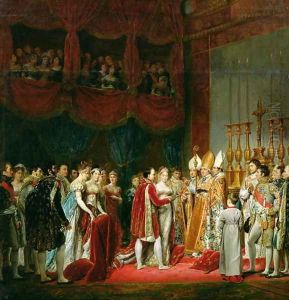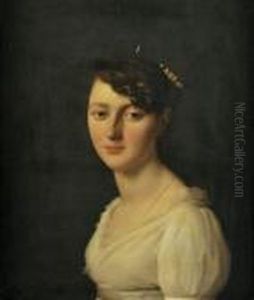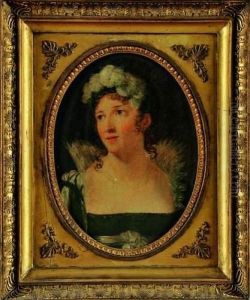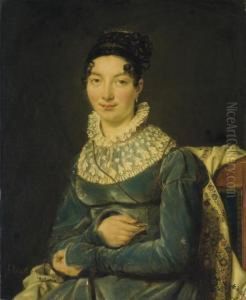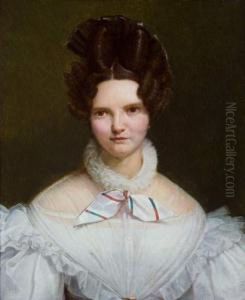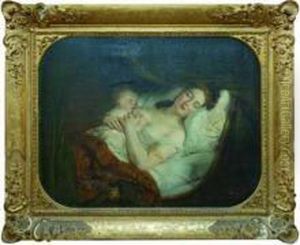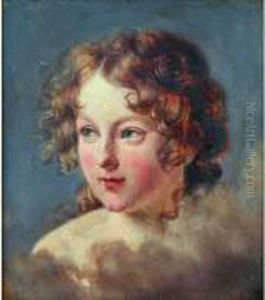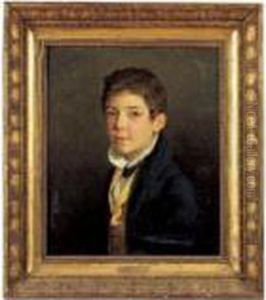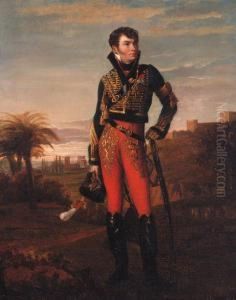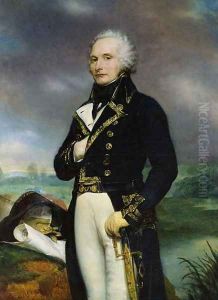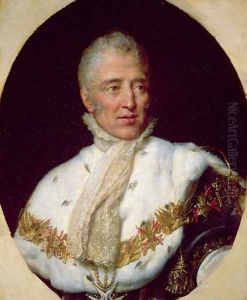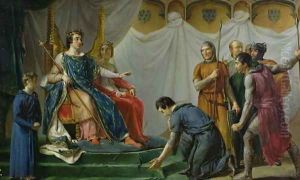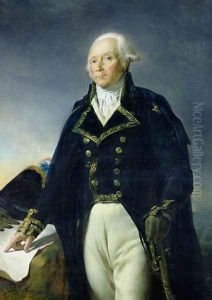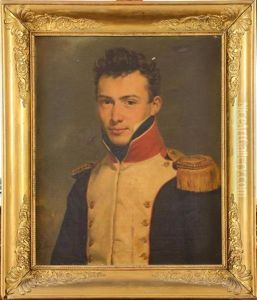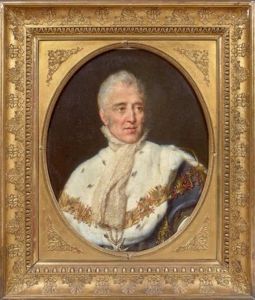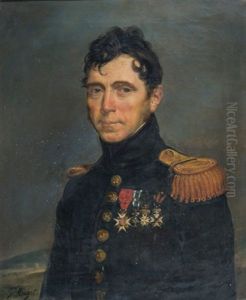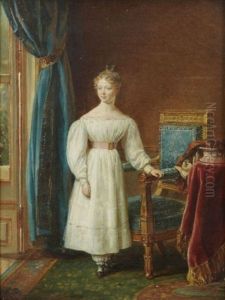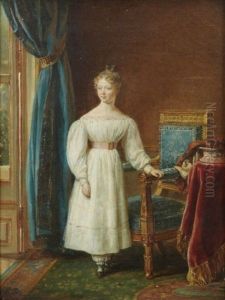Georges Rouget Paintings
Georges Rouget was a distinguished French painter, born in Paris in 1781. He was a prominent figure in the Neoclassical movement, having been a student of the renowned Jacques-Louis David. Rouget's career blossomed under David's tutelage, and he became one of his most faithful followers, assisting him on major projects such as the coronation of Napoleon in 1804 and the execution of the 'Sabines'. Rouget's association with David significantly influenced his artistic style and career trajectory. After the fall of Napoleon, Rouget managed to maintain a successful career. He became known for his historical paintings, portraits, and also religious works, which were characterized by their meticulous detail, vibrant color palette, and classical composition. His ability to capture the essence of his subjects with precision made his portraits particularly sought after by the elite of French society. Rouget's contributions to French art were recognized by his appointment as a professor at the École des Beaux-Arts in Paris, where he had the opportunity to influence the next generation of artists. He was also honored with the Legion of Honor, a testament to his impact on the French cultural landscape. Throughout his life, Rouget continued to exhibit his work at the Paris Salon, where he received various awards and accolades for his contributions to the art world. Georges Rouget passed away in 1869, leaving behind a legacy that not only encapsulates the Neoclassical ideal but also bridges the transition to Romanticism in French art. His works remain a testament to his skill and dedication to the arts, celebrated for their historical accuracy, emotional depth, and aesthetic beauty.
